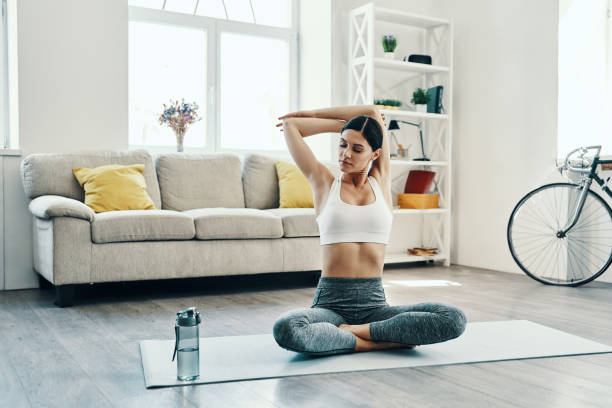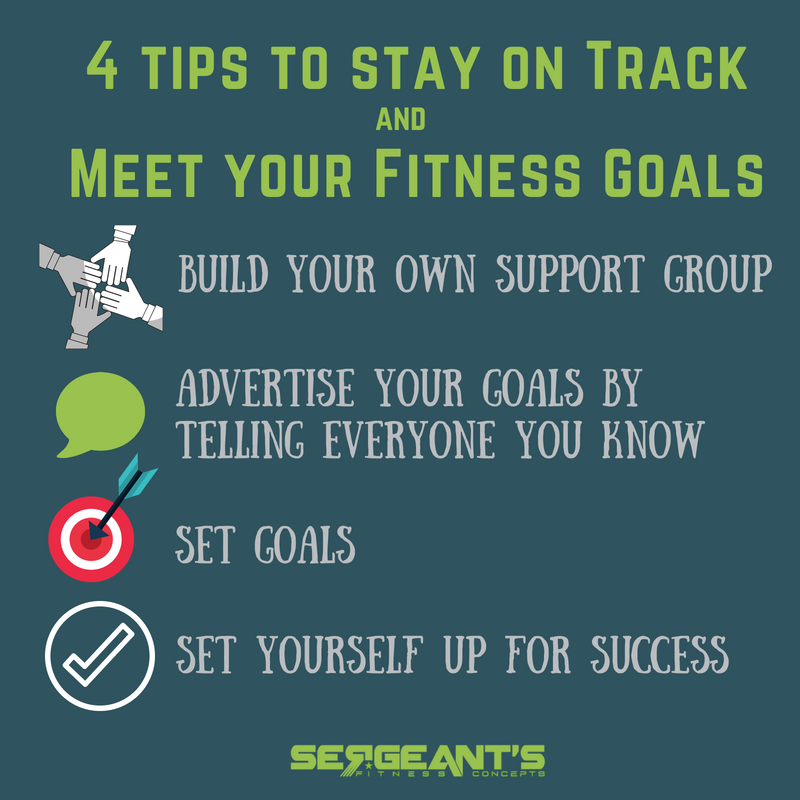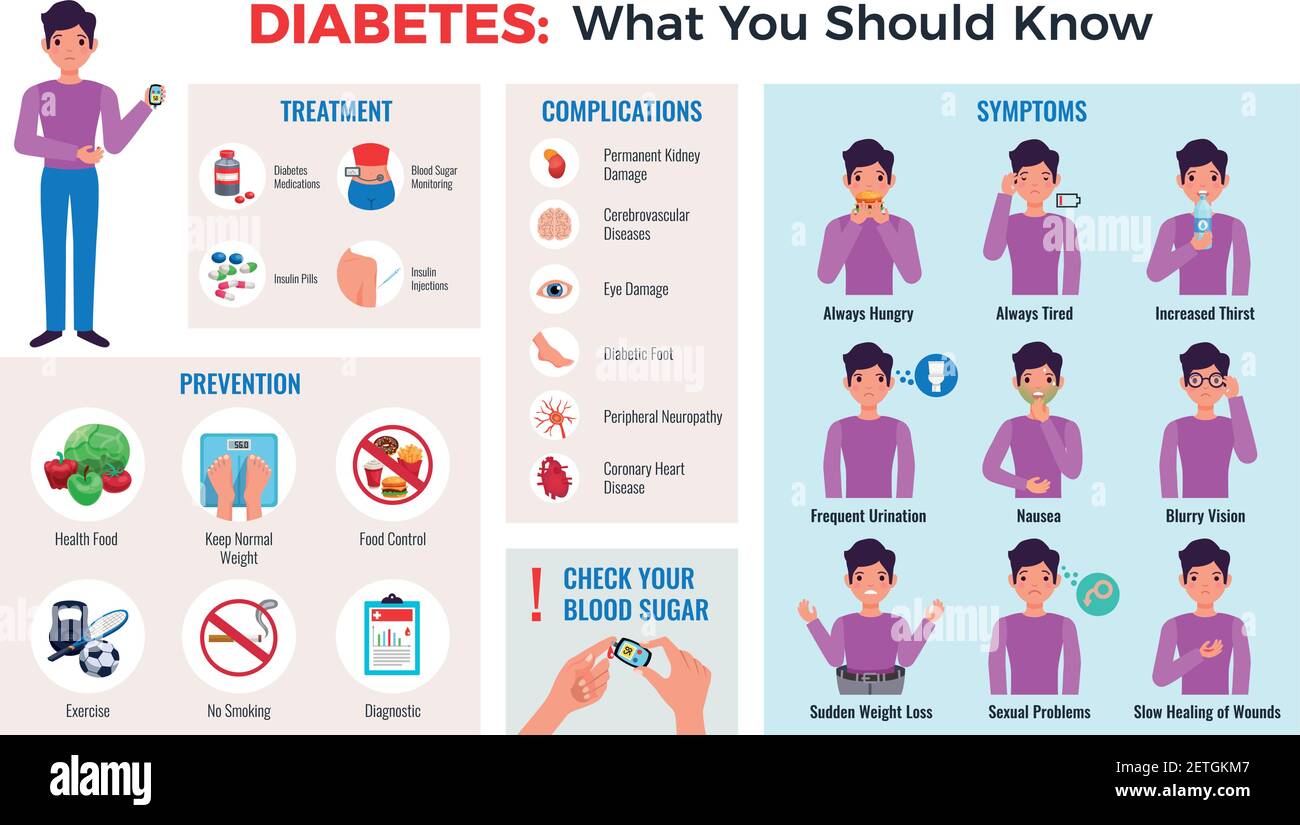
The athletic body shares many common characteristics. Athletes often find their body reflects the specific skills they use. Sumo wrestling's muscled body is an example of this. A body-building exercise that suits the athletic body type is ideal for them. But how can you dress for the athletic body type? Keep reading to learn more. This article will show you how to dress in the best way possible. Here are some suggestions:
Workouts that help build an athletic physique
Athletic bodies have a strong, muscular middle. You can do a number of core exercises such as dead bugs or bird dogs, and ab wheels rollouts. Many athletes do pull-ups. These exercises improve pulling movements and build a V-shape in your chest and back. Check out this article for tips to improve your pull-ups. You can also use med ball throws to increase strength and explosive speed.
There are many types and styles of lunges. Lunges are especially effective for the lower back. There are different ways to do them, so find the one that works best for you. Try to keep your knees above the floor, but not too low. Perform lunges no lower than your hips. Performing lunges properly is an important part of building an athletic body. To get the best results, do your lunges on a platform to avoid damaging your floor.
The Minimalist Muscle Blitz is a great way to build an athletic body. It is focused on both body composition and athletics. Doing this exercise is simple, but the key is to use a three or four-second eccentric pause. Several bodyweight exercises that build an athletic body use a similar technique. You can substitute the bench press with biceps curls.

Exercises that help you build a strong body
By engaging in multiple types of training, athletes can increase their strength and muscle mass. Horizontal pushing is a common exercise in athletics. A variety of workouts can be adapted to your needs and abilities, including those for developing speed, strength, and agility. In addition to traditional exercises, you can incorporate a variety of cardio and strength training activities, including rowing machines and treadmills.
A person's body type can be defined by how much muscle it has. It is lean but not particularly curvy. It is muscular, well-defined and lean. It's possible to achieve an athletic body shape if you follow the right diet, exercise, and training programs. Here are some tips for building a strong, athletic body.
You should dress for your athletic body type
There are many different ways to dress for a more athletic body type. The article below will focus on styling your upper half. Depending on your shape, you can add volume to your lower half, your upper half, or both. It is possible to use the well-defined waistline of the athletic body as an advantage when selecting clothing. Be aware of your body when choosing clothing. These tips will help to choose the right clothing pieces for your athletic figure.
Short hemlines can make your upper bodies appear larger. You should also avoid wearing dresses with large busts. Women with athletic bodies should avoid busty dresses. Wearing dresses that show off your bust can make it appear larger than what it is. You should avoid dresses that give the illusion of a larger body shape such as an apple shape.

Look for dresses that have draping or ruching if you have a big bust. You could also look into dresses with V or U necklines. Cinched-waistlines can also be tried. These will give your look a feminine touch without making it bulky. A wide-leg skirt can be paired with a pair of flat sandals to balance the look.
FAQ
How Metabolic health is key to aging well
People are living longer lives today than at any point in history. They are also becoming more sick as a result. Despite making great progress in medical science, it is becoming more apparent that our current approach to medicine is not working.
It is time to change the way we view health and aging. To achieve healthy aging, we must look at metabolic health as more than just weight loss. It is also important to consider overall wellness.
And if you want to live an active life for decades to come, you should ensure that your metabolism stays strong and healthy throughout your entire lifetime.
The good news is that there are many ways to improve your metabolic health. One way is to include these 7 foods in your diet.
-
Resveratrol has been proven to increase cellular longevity. They also contain vitamins C & E, as well as antioxidants.
-
Beans like lentils and pinto beans are excellent fiber and plant-based protein sources. These nutrients help to keep blood sugar levels constant so they don't spike and crash.
-
Broccoli's sulforaphane has been shown to protect DNA from damage in research. It may even slow down cancer growth.
-
Chia Seeds are high in omega-3 fatty acids and fiber. They are rich in protein and antioxidants. These nutrients promote gut health, brain function and heart health.
-
Green Tea contains polyphenols called caechins. Studies show that catechins in green Tea can reduce the risk of developing diabetes, stroke, cognitive decline, and bone fractures.
-
Salmonis rich in vitamin D and low in saturatedfat, salmon is one of the best sources for lean protein.
-
Walnuts are high in omega-3s. They also contain antioxidants like alphalipoic Acid (ALA). ALA helps boost energy production and protects against inflammation.
What is a good 7-day workout schedule?
Three days per week should be spent on cardiovascular training, including running, biking, swimming, and two strength exercises using free weights, weight machine, as well as one flexibility/core exercise such as yoga, Pilates. It is important to complete each activity at least once weekly. Each session should not last more than 45 minutes.
Cardiovascular Exercises: Swimming, Cycling, Running
It is important to complete at least 60 minutes of cardio per week. You can aim for 75 minutes a week for best results. Cardio exercises can be used to increase blood flow, stimulate muscle growth, and improve blood circulation.
Strength Training
Cardio exercises target the heart, lungs and muscles. Strength training targets the muscles, tendons and bones. Strength training increases lean muscle mass and helps to burn calories even at rest.
Flexibility and Core Workouts
Core and flexibility exercises are great ways of strengthening your whole body. Both yoga and Pilates can be great choices.
Do I have the obligation to exercise every day or just on occasion?
No! Do at least 30 minutes of moderate intensity physical activity five days a week. This could be walking fast enough so you feel slightly out breath or cycling hard enough to sweat.
How to Build Muscles Fast
It is important to eat healthy food and lift weights frequently in order to quickly build muscle.
The best time to work out is early morning when you are fresh and ready for action!
Exercises such as push-ups and bench presses are good options.
You can try different weight training methods and remember to drink lots of water throughout the day.
What's a good routine for a daily workout?
Regular exercise is key to staying healthy. No matter what kind of exercise you do, as long you do it consistently. Consistency and consistency are the keys to success. If you want to achieve results, you must stick at it for an extended period.
Begin with a small amount of daily exercise (like walking). Increase the time you spend exercising each day until you can do 30 minutes. This could be running, biking, swimming or weight training.
It's important that you get your exercise done every day. If you have a valid reason to skip a session, it is best not to.
Wear appropriate clothing and footwear when exercising outdoors. You should also consider the weather conditions that could affect your ability exercise safely.
When exercising, ensure you drink lots of water. Avoid alcohol consumption during this time as it can lead to dehydration. Also, don't drink caffeine-rich beverages like tea, coffee, or cola. These drinks may give you energy but also dehydrate your body.
At first, it's normal to feel tired after you finish your exercise routine. You'll feel more energetic and refreshed if you keep going with your exercise program.
Statistics
- Are You One of the 20% of Guys (mh.co.za)
- According to the American Heart Association, blood pressure should be checked at least once every two years, beginning at age 20. (my.clevelandclinic.org)
- By John Thompson Take a whopping 38% off a set of PowerBlock Pros. (menshealth.com)
- An estimated calorie range for moderately active adult males falls between 2,200 to 2,800 calories per day, depending on age. (eatright.org)
- According to the American Academy of Dermatology (AAD), men over 50 are at a heightened risk of developing it. (healthline.com)
External Links
How To
How can I exercise to burn fat?
Exercise helps you lose calories by increasing your metabolism and oxygen intake.
You'll lose weight safely if you exercise at moderate intensity.
These tips can help you to burn fat while training:
-
Cardio exercises like walking, running (or jogging), swimming, cycling, running, and/or elliptical training are all good options.
-
Three times per week, exercise for 30 minutes.
-
If you want to lose more weight, add strength training to your routine.
-
Avoid intense workouts. It's possible to build muscle, but not lose it.
-
Keep hydrated during exercise. Water is essential for flushing out toxins and keeping your body hydrated.
-
After working out, make sure to drink low-fat proteins shakes. Protein shakes boost energy and repair muscle tissue.
-
So you don’t feel hungry, eat smaller meals throughout your day.
-
Don't skip breakfast! Skipping breakfast can cause you to feel tired and sluggish.
-
Mental health is important. Stressful situations may slow down your metabolism.
-
Keep a positive attitude. Studies show that people who believe they're overweight gain more weight than those who think they look pleasing.
-
Get enough sleep. Insufficient sleep can make it more difficult to lose weight.
-
Be active. Get up every hour and get moving.
-
Maintain a healthy diet. Eating right keeps you feeling full and satisfied longer.
-
Find ways to relax. Your body won't release stress hormones that cause muscle tissue destruction if you have a tense mind.
A balanced diet is one that includes all of the essential nutrients required for growth.
Six small meals per day is better than three large meals. This gives your body time and energy to process the food.
You need about 500 milligrams of calcium daily to maintain strong bones. Calcium is available in dairy products like milk, yogurt, fortified soy beverages, orange juice, cereal, bread, and cereals.
Calcium is found in leafy green vegetables and beans, tofu as well as nuts, seeds, cheese, and seeds.
Vitamin D is necessary for the body to absorb calcium. Vitamin D can be found in egg yolk, fatty fish, and other fortified foods.
Vitamin E is vital for your skin's health. It's found in vegetable oils, wheat germ oil, peanuts, almonds, sunflower seeds, and corn.
Your body needs zinc for normal immunity function and wound healing. Zinc can also be found in legumes, oysters, meats and whole grains.
Zinc deficiency could cause fatigue, nausea, vomiting, and depression.
Consuming too much sugar can cause insulin resistance. This causes an increase in blood glucose levels. Insulin resistance causes weight gain.
Insulin resistance is caused by high blood levels of free-radicals. Free radicals refer to molecules that contain unpaired electrons. They can damage cell membranes and other body parts.
The main sources of free radicals are food additives.
Free radical damage can lead cancer, heart disease or diabetes, arthritis, asthma, or other forms of aging.
Antioxidants are essential for preventing free radical damage. Antioxidants protect against oxidative damage.
Antioxidant vitamins include Vitamin C (found in citrus fruits), beta carotene (found in carrots, sweet potatoes, spinach, broccoli, cantaloupe, apricots, squash, mangoes, peaches, peppers, tomatoes, cabbage, cauliflower, kale, Brussels sprouts, collard greens, watermelon, and strawberries), and Vitamin E (found in nuts, olive oil, avocados, and eggs).
Selenium, copper and manganese are all antioxidant nutrients.
Selenium is known to protect cells from the oxidative damage that free radicals can cause. Selenium is also found in Brazil nuts.
Copper protects the brain and eyes as well as the lungs and red blood cells. Copper is found in shellfishes, poultry, meat, organ meats, and other foods.
Manganese is an essential component of bone structure. Manganese may be found in brown rice or spinach, bananas and prunes as well raisins, oatmeal and lentils.
Zinc is required for normal growth, reproduction and wound healing. Zn is found in lean meats, poultry, white fish and eggs.